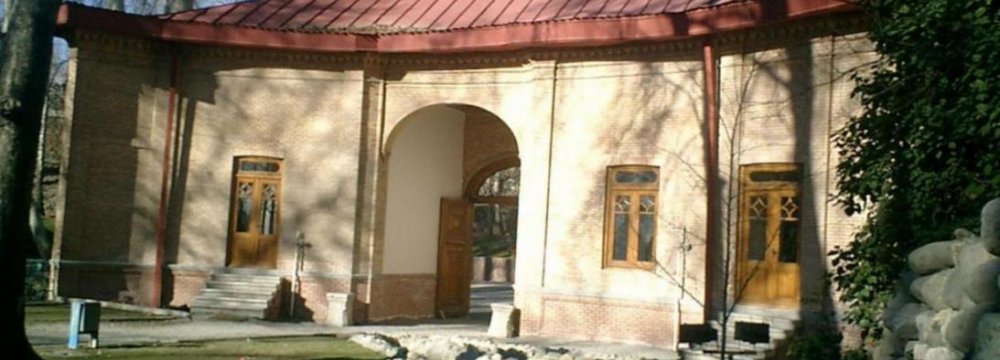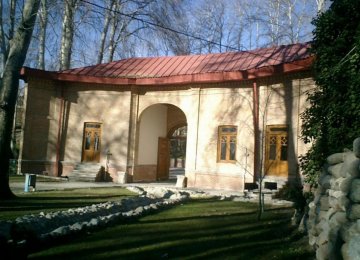It would take a brave soul to set out today on a 10-year journey around the world on a motorbike, a journey that deliberately passed through places that include Congo, the Arctic Circle and the entire length of the Andes. That is exactly what the Omidvar brothers from Tehran did back in 1954, the Guardian quoted travel writer Kevin Rushby.
Throwing their film-making kit on their bikes and with just $90 each to spend, they set out to see the most remote people they could possibly find. En route they created a visual record that is now a milestone in film history, a documentary record of a vanished world: peoples, cultures and even entire countries that no longer exist.
Heading east they first passed through Pakistan, India, south-east Asia and Australia, eventually crossing the Pacific and heading up through Alaska and Canada into the Arctic. A vast sweep all across and down the Americas ended with a trip to Antarctica then, after a brief trip home, a new round of exploration in a 2CV, which they drove through Africa, somehow managing to get the vehicle through the Congo and the formidable barrier of the Ituri forest.
The films they made along the way are full of the wonder and excitement of exploration. They also bring an interesting counterpoint to a visual media that was, at the time, dominated by America and Europe. While the rest of the world was racing to modernity and feeling smugly superior to so-called primitive peoples, Abdullah and Issa Omidvar had an easy affinity and respect for those they met, something that gave them unique access to sights and sounds that were soon to be lost. What we also see is a world in a far better condition than might be imagined: forests seem endless, remote people seem happier and more secure in their lives; it is a world before globalization, and a place cleaner and far less hectic.
When their journeys ended, Abdollah settled in Chile, founding a successful film company and cinema, while Issa returned to Iran as something of a celebrity. There in Tehran, in an 18th-century palace, he built Omidvar Brothers Museum to house all the artefacts that he and his brother had collected. It’s a place very much worth a visit.
Omidvar Brothers Museum is in northwest of Sa’dabad complex in Darband valley, north Tehran. Dating back to Qajar era, the building of the museum contains 4 rooms adorned with brickworks and plasterworks.
In past, the building served as a coach-house, a place where carriage drivers of Qajar royal court took rest.





